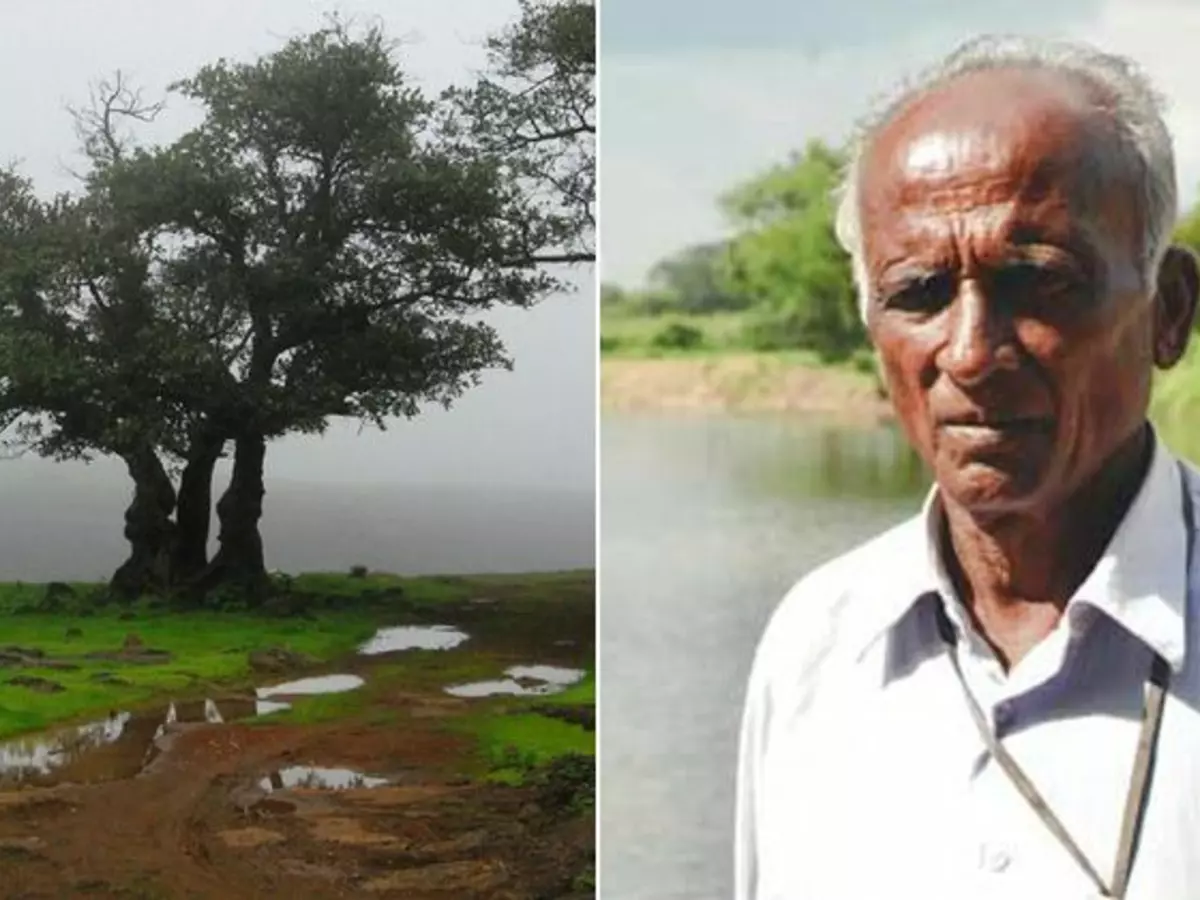From Mangal Pande To Birsa Munda, All 700 Trees In This Park Are Named After Freedom Fighters, Martyrs
After ¡®meeting¡¯ about 700 martyrs and freedom fighters, the students and their teachers walk out of Kranti Van.

Sampatrao Pawar, 77, stops for a moment, points to a tree and says, ¡°She is Pritilata Waddedar. Do you know her?¡± There is no answer from the school students accompanying him. Sampatrao puts his hand on the shoulder of one student and says, ¡°She sacrificed her life for freedom at the age of 21. Come, I will introduce you to more martyrs who laid down their lives so that you breathe in a free country¡±.
¡°This is Mangal Pande. He is Chandrashekhar Azad. And do you know who this is? He is Birsa Munda¡±. With a touching enthusiasm, Pawar takes the students of a village school around Kranti Van, a lush-green plantation in Balwadi, a tiny village in Maharashtra¡¯s Sangli district, where each tree is named after a martyr of the freedom struggle.

After ¡®meeting¡¯ about 700 martyrs and freedom fighters, the students and their teachers walk out of Kranti Van.
¡°Kranti Van is a living memorial to martyrs. Martyrs never die,¡± says Sampatrao. Most villagers dismiss him as an eccentric for ¡®wasting¡¯ his life on Kranti Van. They say his dream cost him the life of his son, who died in a mishap while constructing a well on the plantation.
Pawar has faced these mocking looks and comments ever since he conceived the idea in 1992 to mark the golden jubilee of the Quit India movement which started on August 9, 1942.
Pawar, an ardent socialist, appealed to colleges and schools to join him in developing Kranti Van. They selected a barren patch of land in the village and poured layers of mud to make it cultivable. Thousands of students joined him and by 1998, more than 1,475 trees were growing on the land. Each was named after a martyr or freedom fighter. A small, open auditorium and platforms were constructed so that students could come for a day trip and learn about the freedom struggle.
The project came to a halt after the district administration slapped a notice saying the land belonged to the government and there could be no development on it. Pawar requested the district administration to take care of the trees. The forest department took over in 1998 and within a year almost all the trees were cut down.

wikimedia.org/Representational Image
Undeterred, Pawar cleared his own four-acre sugarcane tract and started planting trees. Family and friends were shocked; cane cultivation was their main source of livelihood and the land itself was worth crores. But Pawar said they could grow cane on another patch of family land. The only person who supported him was his 21-year-old son, Vaibhav.
They started digging a well to ensure water supply for the project. Vaibhav died on the spot when an ¡®aaree¡¯ (a contraption meant for lifting stones) crashed on him.
After cremating Vaibhav¡¯s body, Sampatrao went back to building the memorial. Nothing ¡ª be it lack of money, mocking villagers, or the sheer labour ¡ª could deter him from his mission. Today, there are about 700 trees standing tall in Kranti Van. ¡°Not trees,¡± Pawar is quick to correct you. ¡°They are martyrs and they are standing without government¡¯s help¡±. Students and youths have voluntarily contributed to the project and Pawar now dreams of building a multipurpose auditorium, hostel and residential digital centre where students can come and stay.
He says that spending crores on building huge memorials is a waste of public money while planting trees is a real tribute. ¡°I don¡¯t want government aid or help. People should come forward and build this dream,¡± he says.
